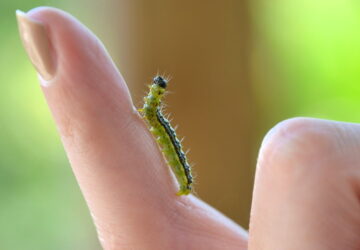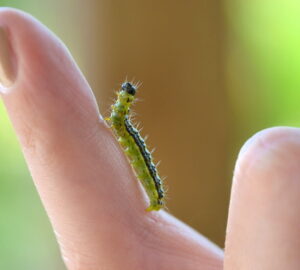Avocado plants (Persea americana) have gained popularity as houseplants worldwide, thanks to their lush green foliage and tropical charm. Beyond their aesthetic appeal, these plants produce sizable seeds that shouldn’t be discarded. If you have a sunny windowsill, you can embark on a fascinating journey of avocado seed germination. In this article, we’ll walk you through two straightforward yet effective methods to nurture your avocado seeds into healthy plants.
1. Germinating Avocado Seeds in Water
This soilless method offers an engaging opportunity to witness the magic of germination, making it a delightful project for both young and old garden enthusiasts. Here’s how to do it:
- Seed Preparation: Start by thoroughly cleaning the avocado seed with water. Next, gently insert 3-4 toothpicks into the center of the seed, creating a support structure.
- Water Immersion: Find a glass or a small jar and fill it with water. Carefully place the avocado seed in the container, ensuring that the blunt end faces downward, allowing the bottom half to hang in the water. Position the glass on a warm, sunlit windowsill and remember to change the water every 2-3 days.
- Germination Process: After approximately six weeks, the top of the avocado seed will crack open, revealing a tiny sprout that will soon begin rapid growth. When roots appear, it’s time to remove the toothpicks and transfer the seed into a pot filled with moist soil. Cover the roots with soil, leaving the top half of the seed exposed.
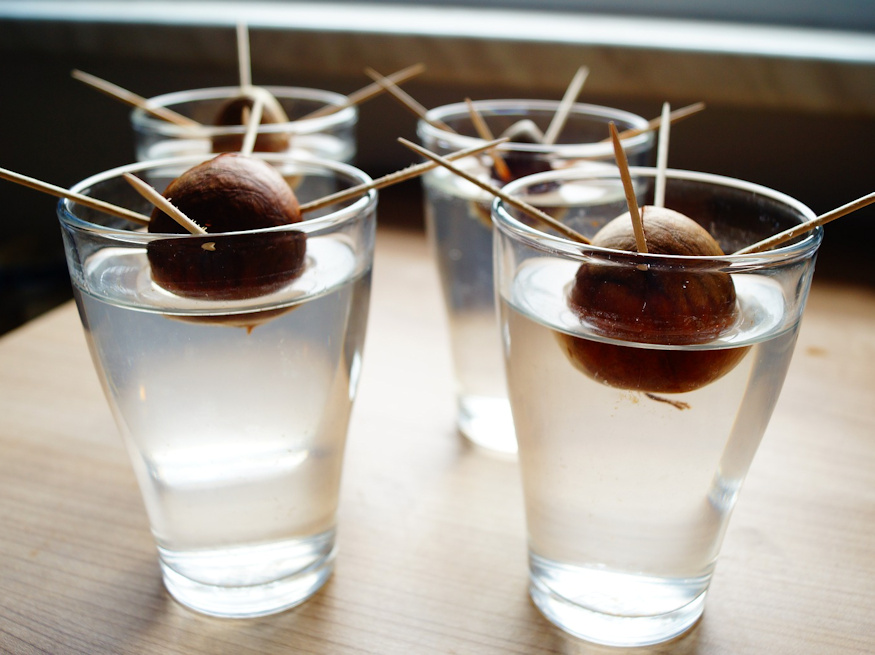
2. Planting Avocado Seeds Directly in Potting Mix
For a more direct approach, consider planting avocado seeds directly into potting mix. Follow these steps:
- Seed Preparation: Begin by cleaning the avocado seed thoroughly with water, then gently pat it dry. Place it in a pot filled with humus-rich potting mix, ensuring that two-thirds of the seed remains above the soil surface.
- Moisture Management: Water the potting medium generously and maintain consistent moisture levels, taking care not to let it dry out. You can occasionally mist the seed with water or create a mini greenhouse effect by covering the pot. An ideal room temperature for avocado plant growth is between 22-25 °C.
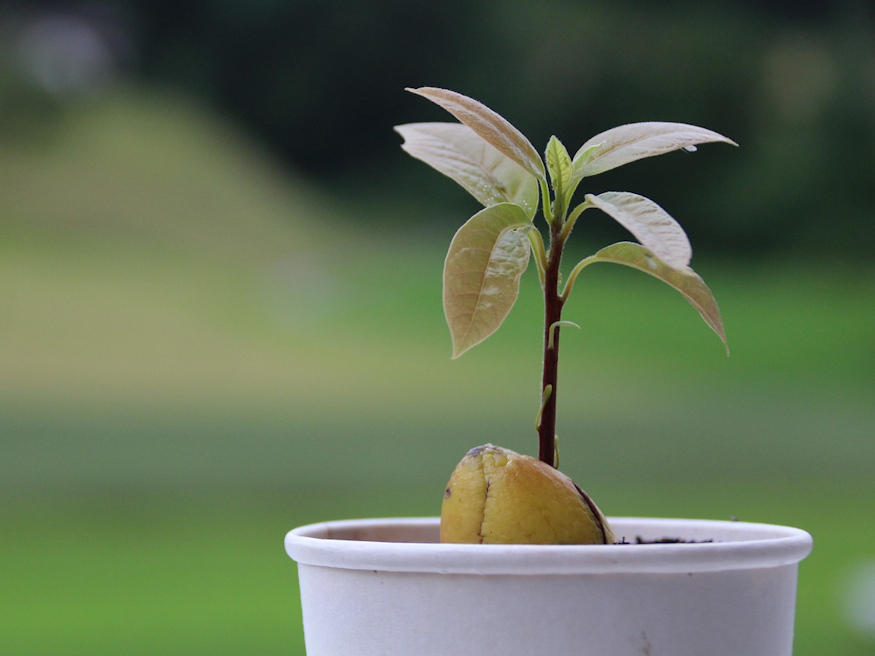
Caring for Your Avocado Plant
- Environmental Preferences: Avocado plants thrive in warm environments with high humidity and well-moistened soil. An ideal location includes a conservatory or a sunny windowsill where the temperature remains above 22°C.
- Watering Tips: While avocados appreciate regular watering, they do not tolerate stagnant water, which can lead to soil mold or seed rot. Opt for water with low lime content, as excessive lime can result in chlorosis. Initially, provide nutrient-rich water when the plant is six months old, then continue feeding it every two weeks.
- Pruning for Shape: Avocado houseplants can grow up to 1.5 meters in height. If you desire a bushier appearance, consider pruning it back to around 30 cm to stimulate branching. Keep in mind that indoor avocado trees typically do not bear fruit. For fruit production, you’ll need at least two trees and hand-pollination of the flowers.
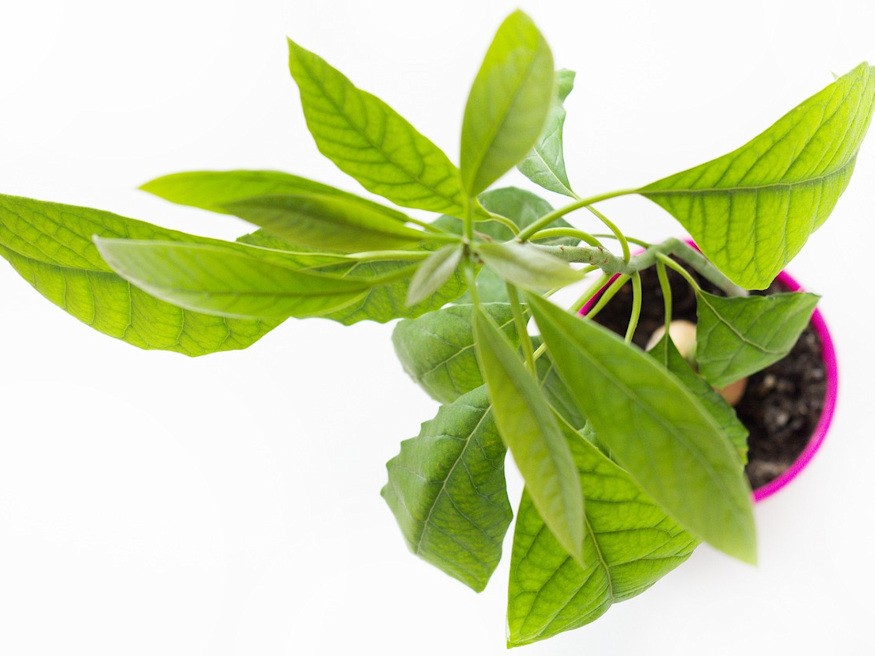
Nurturing Avocado Seeds into Beautiful Plants
Germinating avocado seeds can be a rewarding experience for any plant enthusiast. Whether you choose the water immersion method for its visual appeal or opt for direct planting, these steps will help you nurture your avocado seeds into thriving houseplants. By providing the right environment and care, you can enjoy the lush greenery and tropical charm of your very own avocado plant.


